|


|
Heil Sound PR-22 UT (Utility) Dynamic Microphone
Summary: The “utility” version of the PR-22, this is the same mic, but with a single mesh (the regular PR-22 comes with three), and comes with a leatherette bag instead of a nice box; hence, the “utility.” Heil cut down on the packaging to provide an affordable tier for their popular PR-22 stage mic.
Pros: Wide frequency response, incredible rear rejection, and tons of overload protection make this an ideal stage mic. Plus, using this mic is much like removing a blanket over other mics. It’s not that the mic is tuned to higher frequencies; there’s just so much more sonic content that this mic picks up! Other mics may claim to have as wide a frequency response, but you actually hear the highs that you normally wouldn’t with mics in this price range and a little higher.
Cons: It is a nit, but not an issue for me as I always have my mic mounted on a stand, but as with other Heil mics, this is pretty sensitive to handling. But this is such a minor issue, I’m reluctant to mention it.
Price: $99.00 – $117.00 Street
Features:
- Output Connection: 3-pin XLR
- Element Type: Dynamic
- Frequency Response: 50 Hz – 18 kHz
- Polar Pattern: Cardiod
- Rear Rejection @ 180 deg off-axis: -30 dB
- Impedance: 600 ohms balanced
- Output Level: -55 dB @ 1kHz
- Weight: 14 oz.
- Max SPL: 145 dB
Tone Bone Rating: 5.00 ~ I’ve been wanting this particular microphone for a long time, but already had a decent stage mic, so the will to get a new one just wasn’t there. But after my trusty Sennheiser e835 that has probably seen at least a thousand gigs and started to easily overload, it was time to replace it. I’m never going back to Sennheiser or Shure again! |
As an active, gigging musician that relies on vocals, having a good mic is crucial to me. For more than a decade, I’ve relied on Sennheiser mics; specifically, the e835 as my main stage mic. It has served me well. But a couple of years ago, I did a gig where the sound guy asked if I wanted to try out a Heil PR-35. Being game for anything, I let him set it up. I didn’t know my voice actually sounded like it did.
From that point on, I resolved to get one. But it didn’t come cheap, as the PR-35 costs $265. However, I did a bit of research on other Heil mics and came across the PR-20, which has since been updated to the PR-22. And after listening to lots of comparisons, I decided to pull the trigger on the PR-22.
Wow! What a difference a mic makes! When I first plugged the mic in, the first thing I noticed was the much fuller sound of the PR-22. At the time, I had nothing to compare it to, but based on experience, there just seemed to be a lot more sonic content present in the Heil compared to my Sennheiser. And from what I could tell with the frequency analyzer in GarageBand, there really was a lot of stuff coming through.
But the proof is in the pudding, so I did a direct comparison between the two. In the following clip, I speak the same testing sequence with both mics. You’ll first hear the Sennheiser, then followed by the Heil, then back to the Sennheiser, then ending with the Heil. I positioned both about an inch from my mouth.
Both mics actually sound pretty good. But there’s definitely more going on with the Heil, especially in the lower frequency ranges. It sounds much fuller than the Sennheiser, though the Sennheiser sounds pretty good as well.

As you can see, from the picture of the tracks, while both are generally being picked up at the same level, there are more defined peaks in the Heil, plus some sharp peaks not present on the Sennheiser track. What this amounts to sonically is a lot more content.
The problem with the clip I provided is that GarageBand does a bit of compression despite the fact that I exported it to SoundCloud uncompressed. But irrespective of that, there is definitely more going on with the Heil than with the Sennheiser. The difference between the two mics with my headphones on through my audio interface is marked. The Sennheiser sounds thin, while the Heil sounds rich and full.
Frequency Response
Take a look at the frequency response chart for each mic:
Heil PR-22

Sennheiser e835

Just looking at the graph, it’s clear to see that overall sensitivity of the PR-22 is slightly higher than the e835. It’s not a significant difference as far as the numbers are concerned; however, especially when comparing the 1 kHz to 10 kHz range of both mics, this is where the PR-22 picks up much more content.
What first attracted me to the e835 years ago was its presence boost: That hump around 4 kHz. Sennheiser specifically called that out in its marketing. To me in actual usage, it made the mic sound so much clearer than the Shure SM-58, which sounded muddy in comparison. But with the Heil, the upper-mid to high-frequency sensitivity provide even more presence. And looking at the overall chart, there’s a lot more being picked up by the Heil in the same conditions.
In the Studio
What this means for recording is that I do a lot less EQ manipulation with the Heil than I do with the Sennheiser. In fact, re-recording a song with the Heil, the only EQ adjustments I made were to roll off the extreme highs (sizzle) and lows (muffles) and reduce a peak at around 220 Hz (it’s a trick I learned to make my vocals sound clearer). Contrast that with the Sennheiser where I actually have to roll off the extreme highs and lows, add a few dB of both lows (around 100Hz) and upper-mids and highs especially highs above 7 kHz because the mic records a bit muddy.
The net result is that I can produce a good vocal track with either mic. It just takes a lot more twiddling and tweaking when doing the EQ for the e835.
On Stage
But because there’s so much content that the Heil picks up, I have to adjust my mic technique and pull back just a bit. Proximity effect with the Heil is actually not as pronounced as I’ve experienced with other mics – especially the Shure SM-58 – but though Heil claims it’s not prone to proximity effect, all mics are prone to it. By pulling back ever so slightly, I allow the mic to pick up more mids, without sacrificing the lows.
Rear Rejection
Probably the best selling point of the mic is its rear sound rejection. While I was recording a test clip earlier, my daughter asked me a question. I had to stop recording, but after listening to what I recorded, I could hardly hear her voice, which means that the sound I was actually hearing from her voice was what bounced off the wall behind me. This makes the mic excellent for stage work and will be much less prone to feedback issues when placed close to a monitor.
Off-Axis
This is a very directional mic. While off-axis pickup is not bad, it’s not advised to stray over an inch from the capsule in any direction. I’ve been playing with the mic for the last couple of days, and for stage positioning. I found that pointing the mic a few degrees up, and placing the top edge the capsule level with my lower lip is the optimal position for me. And though I have good technique controlling my plosives (“b” and “p” sounds), positioning the mic there helps even more, and I don’t sacrifice any content.
But that said, the mic comes with a very nice foam capsule screen. I could sing straight on into the capsule with the screen on, and it protects quite a bit from plosives. It doesn’t eliminate them – nor should any screen do that – but it does help quite a bit.
Overall Impression
All that said, this mic is not for everyone. Because it picks up a lot more, it may not please everyone when they hear their voice through the mic the first time. I remember when I tried out the PR-35. I was blown away! I really didn’t know there was so much more in my voice. The PR-22 is not nearly as sensitive as the PR-35, but it’s pretty sensitive in its own right.
As far as I’m concerned, I’ve just had a defining moment with this mic. Mind you, it’s not really a super, high-end mic. But the sound quality rivals much more expensive mics. I’m a happy camper!
Read Full Post »
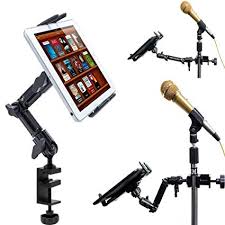









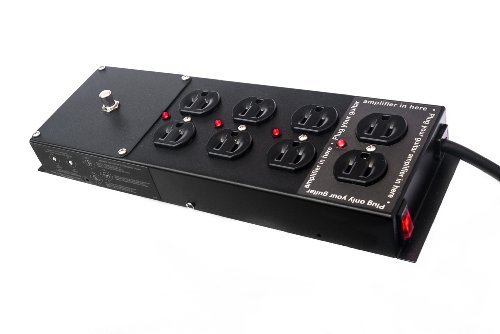



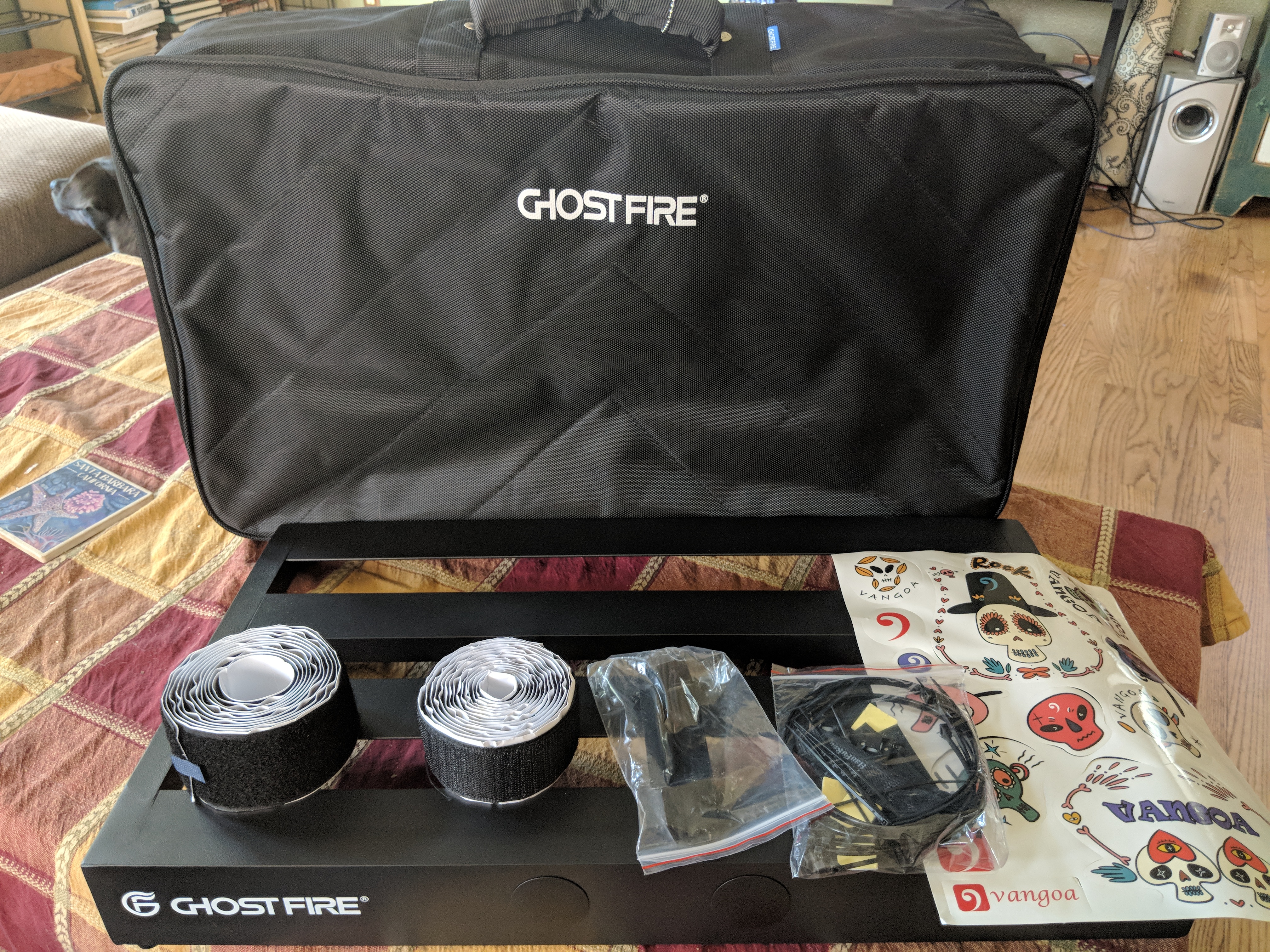









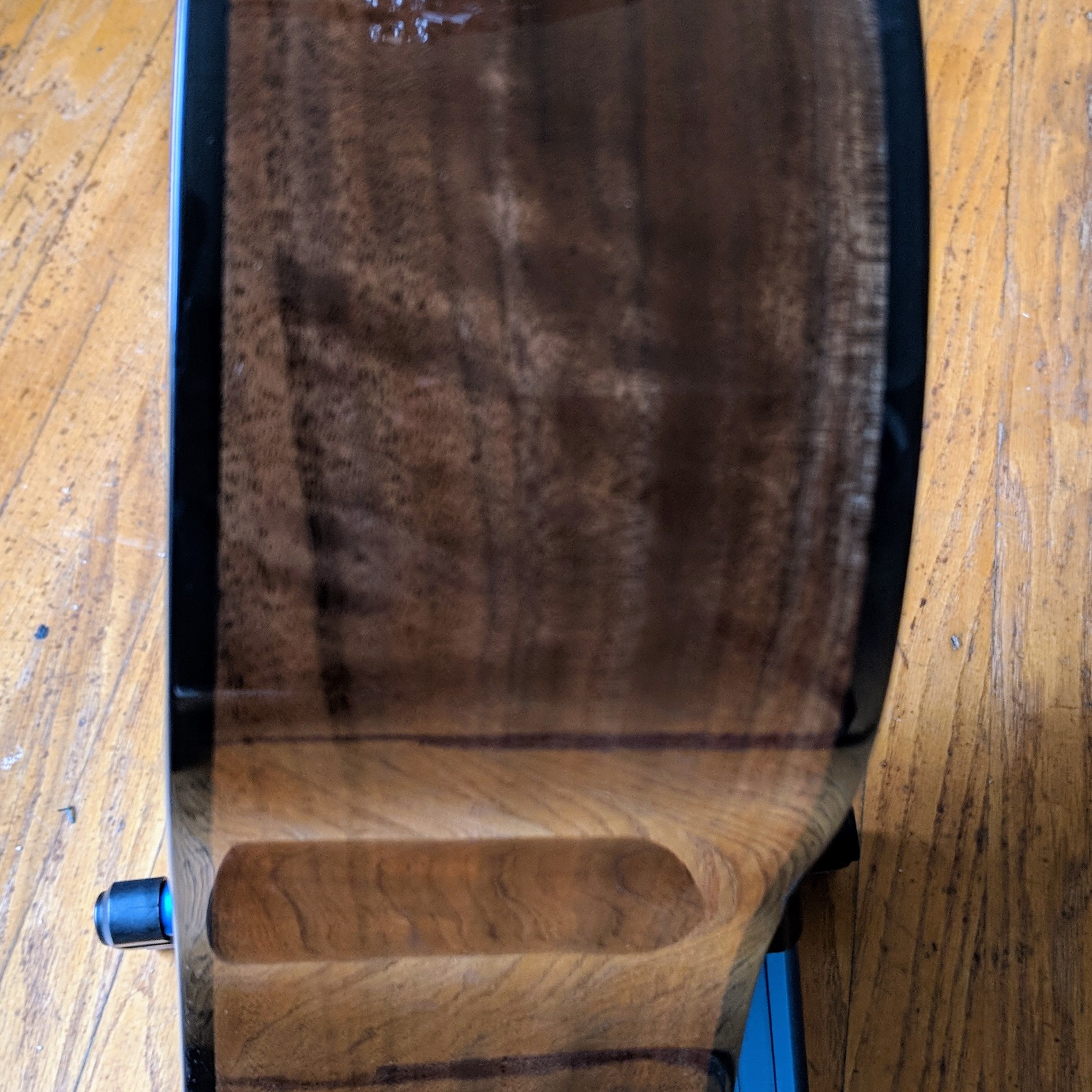


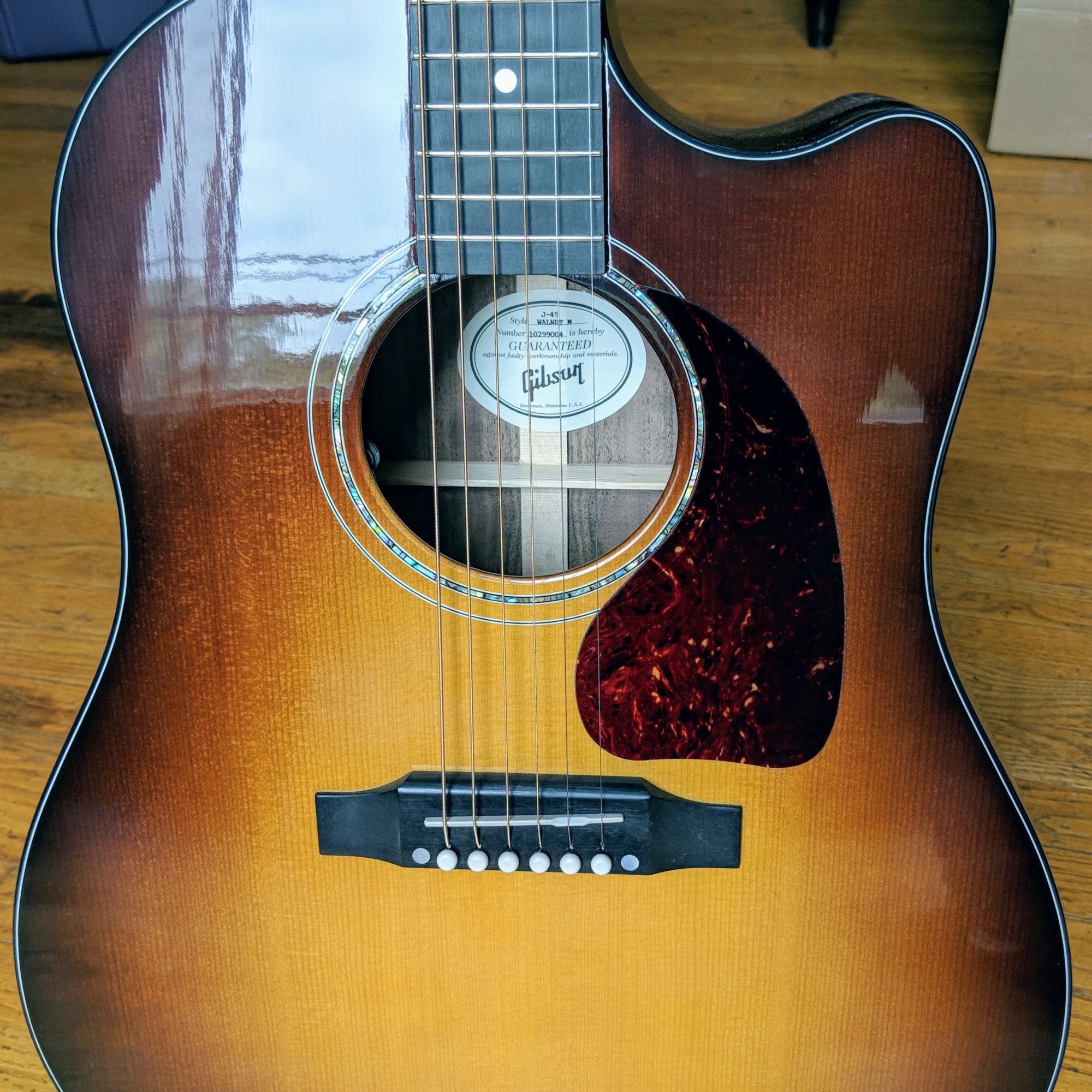















 What could be so special about a tuner?
What could be so special about a tuner?